




Colorism
in
High
Fashion
We looked at 19 years of covers to find how Vogue represents women of all shades
Code and design by Amber Thomas & Jan Diehm
In 2014, Lupita Nyong'o, a Mexican-Kenyan actress and model, revealed that she used to pray for lighter skin. For most of her childhood, she saw her dark, “night-shaded” complexion as “an obstacle to overcome.”
Lupita was talking about a facet of racism called colorism. It’s the idea that, for people of color, lighter skin is more desirable. In the same way that white women will have an easier time than women of color, light-skinned women of color will have an easier time than dark-skinned women of color. So even though racial and ethnic diversity in fashion and the media is improving, dark-skinned women still aren’t getting the representation they deserve.
To investigate this, we looked at the covers of Vogue magazine, a bastion of fashion that has been reporting on and setting trends for over a century. Vogue may be hiring women of many races, but are they representing women of all shades? (Vogue did not respond to multiple requests for comment.)
The Calculations
To analyze the last nineteen years of Vogue covers, we calculated how light a model’s skin looks in each photograph. That is, how the photographers and editors of Vogue chose to display her.
Here’s how the calculation works:
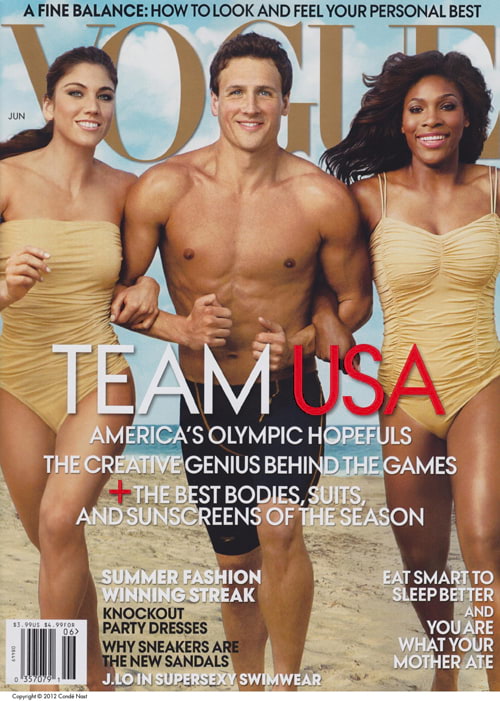

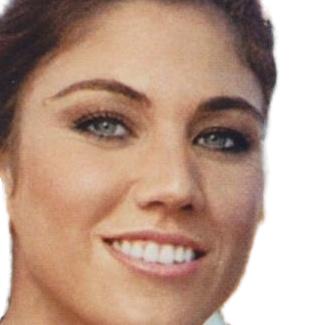
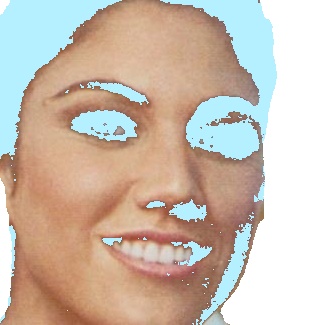
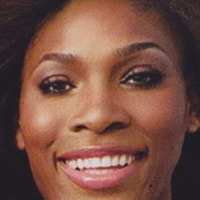
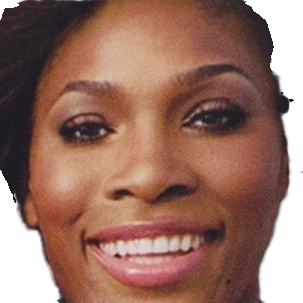
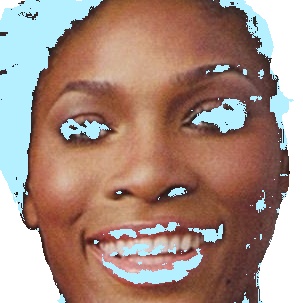
We start with the cover.
Using facial recognition, we identify the faces of the female models.
Next, we find the average color for all of the pixels that were identified as “skin”.
Last, we remove any information about the color’s hue or saturation, leaving us with an idea of how light or dark the color of the model’s skin is in this particular cover.
Measuring only the lightness of a model’s skin tone in a particular photograph allows us to compare all of our models based on a single metric.
Skin Tones
In the past nineteen years, there have been 228 issues of Vogue, with a total of 262 female cover models. Let’s look at where these women fall on the lightness spectrum:
Search
Show
Model faces
Skin tones
The models’ skin tones are generally lighter, with a few outliers on either end.
On the far left you can see at the darkest end of the spectrum. Actress is on the far right at the lightest.
But this data is flattened and only tells us part of the story. Let’s look at another dimension: time.
Between 2000 and 2005, there isn’t a lot of variance in how light the cover models appear. Only three of the eighty-one cover models were black, and all of these women had lighter skin (, , and ).
After 2005 there’s a bit more spread. Certainly, part of this is due to the race of the models that appeared on the cover, but part can also be attributed to changes in photography, lighting and marketing.
When we look at the faces of these women, rather than just their skin tones, we can see that the covers feature more rich, lush colors and artistic, dramatic lighting. This accounts for part of the spread as well.Another element to consider is the overall feel of the covers. At this point in time, covers featured more rich, lush colors and artistic, dramatic lighting. This accounts for part of the spread as well.
And part of it is just Lupita. Her four recent appearances are responsible for tugging the trend towards the left.
Use the controls at the top of the chart to search by model and toggle between images and skin tones.
Use the controls at the top of the chart to search by model.
Covers are also affected by forces you can’t see. Last year, Vogue’s parent company Condé Nast lost roughly $120 million, and the magazine’s younger sibling, Teen Vogue, ditched print operations in favor of internet-only digital covers.
Money woes are nothing new for magazines. They’ve been scrambling for at least the last decade and have been forced to continually reexamine their covers — how they look, what they sell, and who they feature. In the late 1990s, Vogue’s editor-in-chief Anna Wintour made a big change and replaced cover models with cover celebrities — the conventional wisdom being that the most familiar faces would bring in bigger profits. Of course, this reliance on the most familiar faces didn’t always overlap with the most diverse faces.
Today, there’s a trend to focus more on how a cover feels and less on what it sells. In an interview with The Ringer, Vanity Fair deputy editor Claire Howorth said “The aspiration has shifted to being not so much about material things but to a kind of cultural aspiration.”
But as magazines fight for survival with dwindling resources and a shrinking audience base, that doesn’t mean they get a pass on being both thorough and thoughtful.
Tokenism
Let’s take a closer look at the cover models at the far-ends of this graphic. Below, you’ll find the five darkest and lightest Vogue cover models of the past 19 years.
Darkest Cover Models
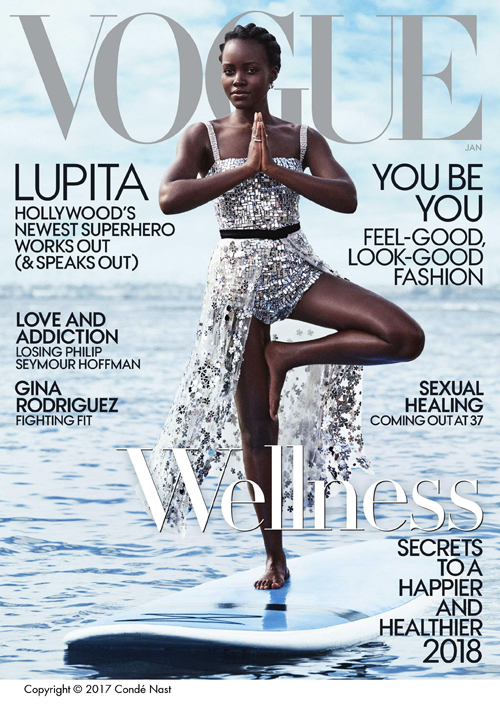
Lupita Nyong’o - 2018
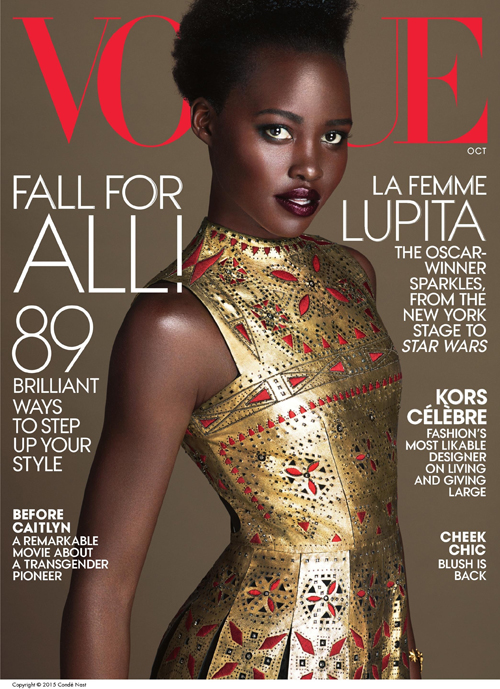
Lupita Nyong’o - 2015
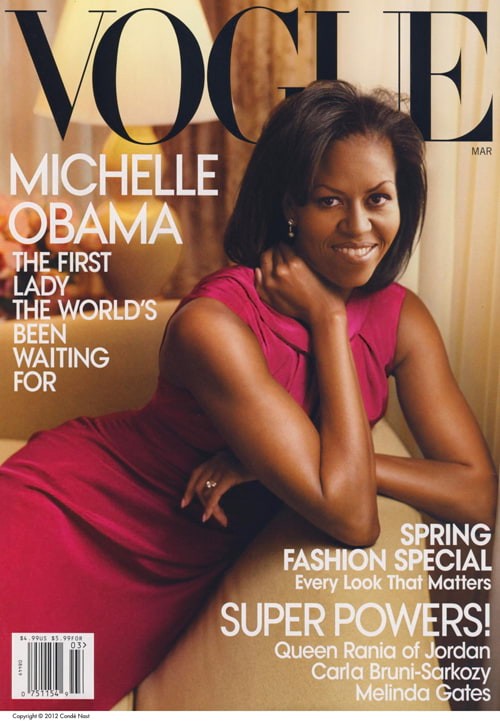
Michelle Obama - 2009
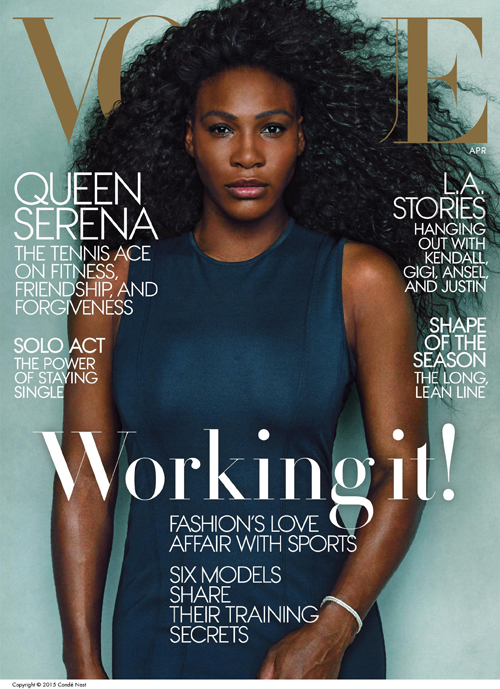
Serena Williams - 2015
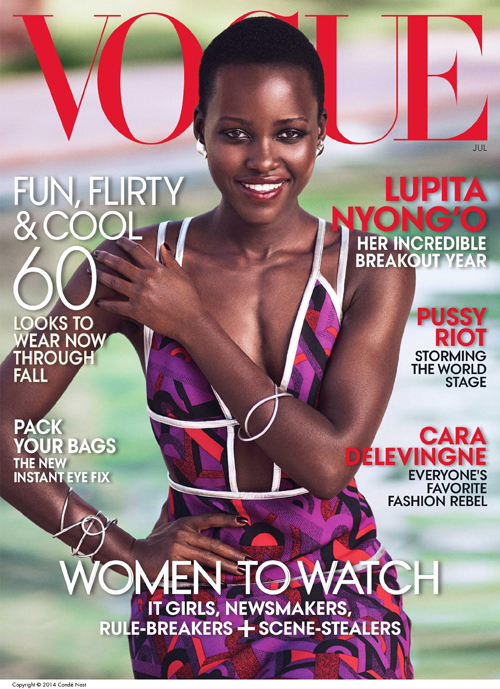
Lupita Nyong’o - 2014
Lightest Cover Models
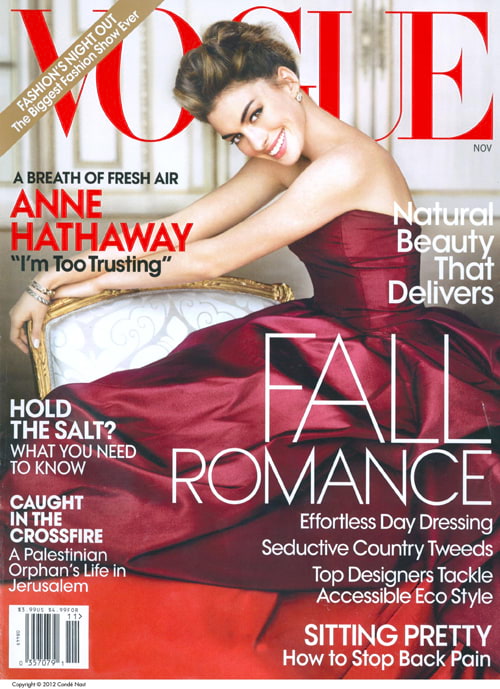
Anne Hathaway - 2010
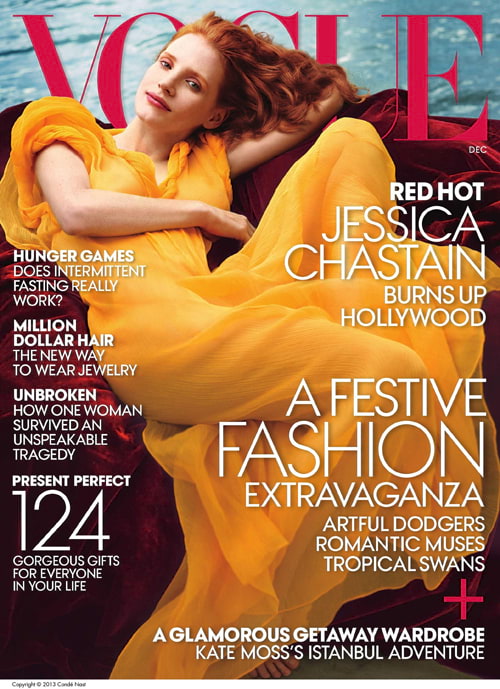
Jessica Chastain - 2013

Claire Foy - 2018
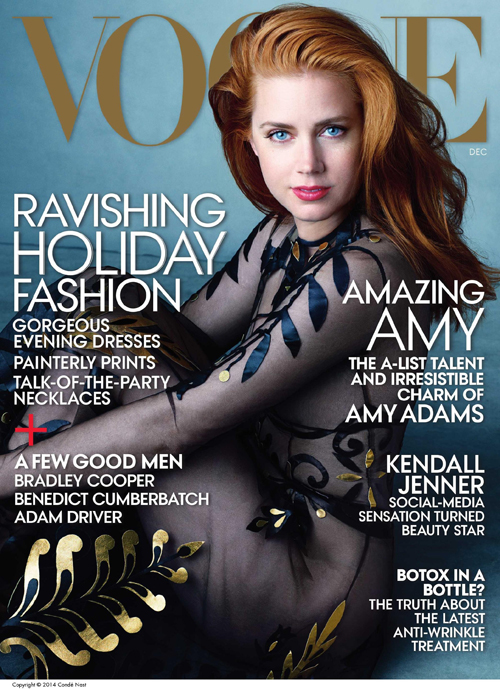
Amy Adams - 2014
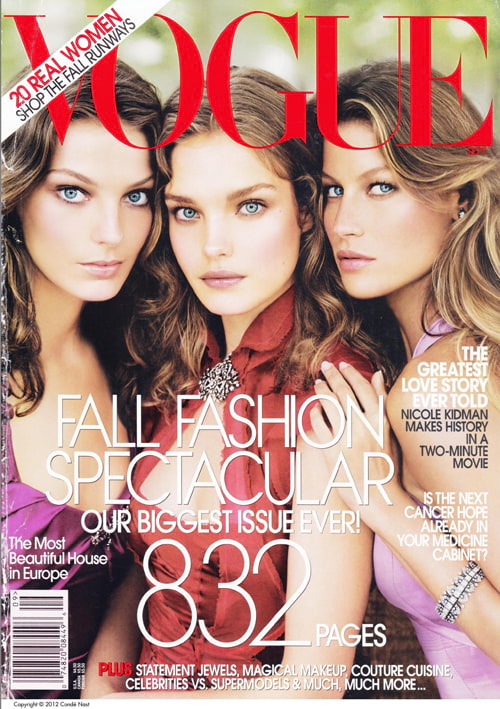
Natalia Vodianova - 2004
You may have noticed something curious about the five darkest models: three of the faces (a full 60%) are Lupita’s. At this end of the spectrum, they’re repeatedly showcasing the same woman. Alternatively, on the light end of the spectrum, we see five distinct faces.
At a glance, you could argue that Vogue covers are diverse, or at least that they have gotten more diverse in recent years. There are covers with black women and covers with dark-skinned women. But when we really look, it’s easy to see that the majority of the black women are light-skinned and the majority of dark-skinned women are actually a single person.
And black models have actually been told by the fashion industry that a single person IS enough representation. In an interview with the Times of London, Chanel Iman said “Designers have told me, ‘We already found one black girl. We don’t need you anymore.’”
When an organization uses just one or two members of an underrepresented group in order to achieve the bare minimum of diversity, it’s called tokenism. Lupita is a successful and talented dark-skinned model and actress who deserves to be on the cover of Vogue, but by no means is she the only one in the industry (Viola Davis, Khoudia Diop, Astou, Letitia Wright, and Aja Naomi King, to name a few). Despite ignoring these other women, Vogue can point to a “token” as proof that they are diverse, while leaving Lupita responsible for representing a huge swath of readers.
Repeat Models
Although Lupita does account for the majority of dark-skinned models, she’s not the only model who has graced the cover of Vogue more than once. Sixty-two models (50% of our dataset) have been featured at least twice.
When we look at the skin tones of one woman who has appeared on lots of covers, we find something interesting: they tend to vary quite a bit. Lighting, staging, and post-photographic processing (i.e., Photoshop) all play a role in creating the skin tone that we actually see on the magazine’s cover. Often, that skin tone ends up appearing lighter than a model’s actual color and magazines get called out for “whitewashing.” Ultimately, the same woman can end up looking quite different depending on who’s shooting and editing her.
Perhaps the best example of this is Rihanna. Across her five Vogue covers, her skin tone lightness spanned 40% of the lightness range that we found among cover models.
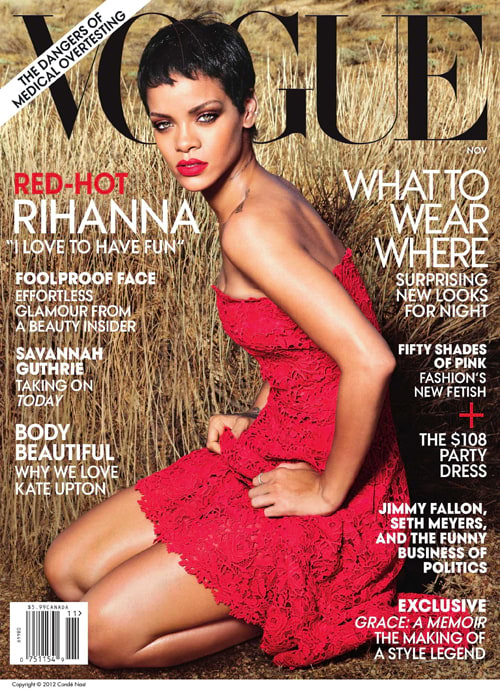
2012
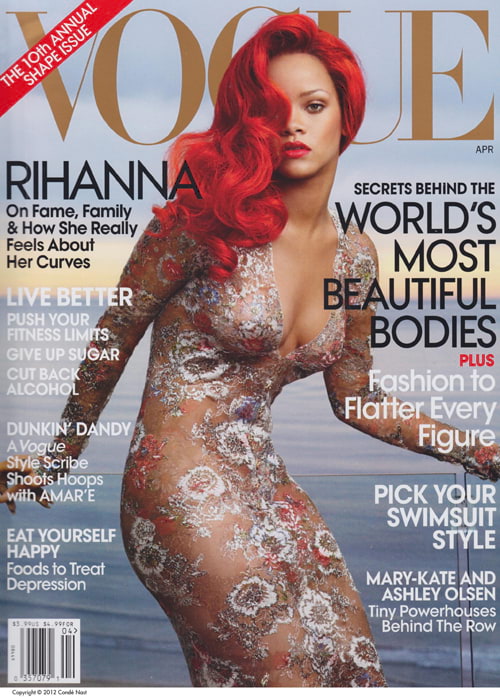
2011
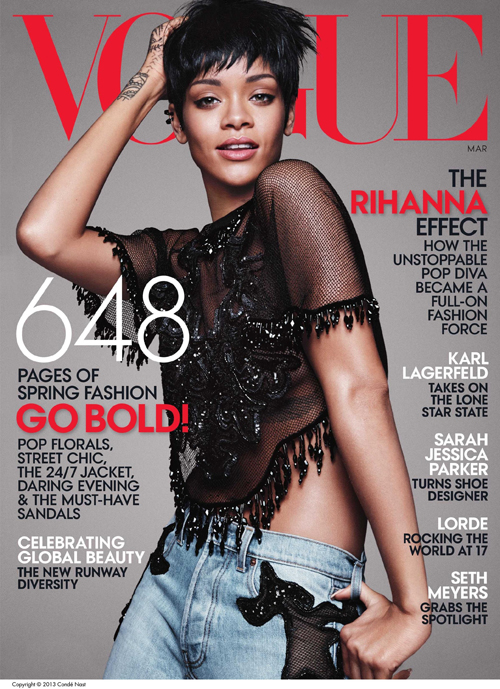
2014
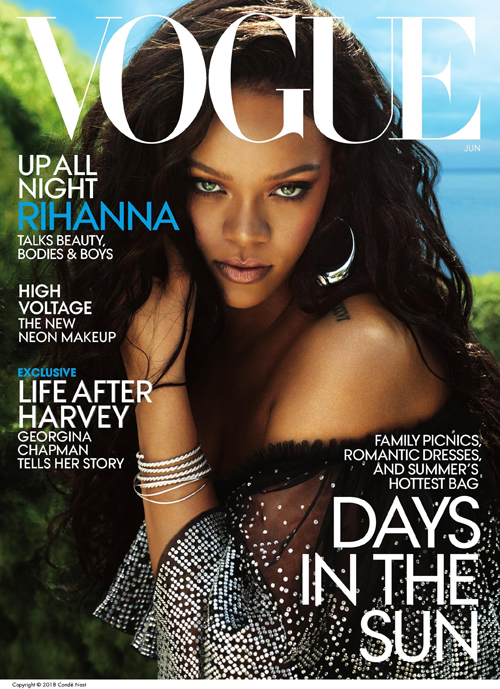
2018
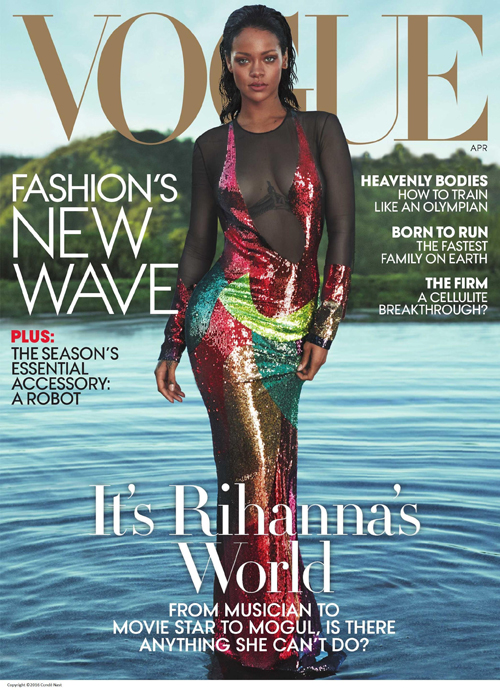
2016
It’s impossible for us to know what contributed the most to the dramatic differences in her skin tone across these five covers, but it should remind us that issues of colorism won’t be fixed simply by hiring cover models of diverse shades. Vogue has had exactly one black photographer in 125 years of publication. It should go without saying that black photographers with lots of experience photographing black models will do a better job. It should also go without saying that magazines should be barred from using excuses like “There aren’t any qualified black photographers” or “We can’t find black photographers.” It’s 2019, the internet exists, and there’s an independent database of photographers of color.
Explore the repeat model below. Click on any model to view all of her covers.
Conclusion
So what can we say about Vogue magazine? They’ve certainly come a long way since their first black cover model, back in the seventies. Ethnic diversity and representation is improving.
Last September, a black woman (Beyoncé) was shot by Vogue’s first-ever black cover photographer (Tyler Mitchell) for the most important month in the fashion magazine calendar. That’s progress, but it doesn’t change the fact that Lupita is the only dark-skinned professional model on the cover of Vogue in the past nineteen years. Vogue (and the entire fashion industry) can do better.
Methods
The covers were downloaded from The Vogue Archive (paywall, but most public libraries have memberships) . Only covers from January 2000 through December 2018 were used, since earlier covers were scanned and had inconsistent color quality.
The covers were fed into a script that identified the faces of models and cropped the images down to size. The script produced many false positives, which were identified and removed by hand, along with the faces of male models.
For each face, several k-means clustering models were fit. The clustering models varied in terms of which features were used (some combination of the rgb and hsl color values) as well as how many clusters were formed (two or three). Since the style of the covers varied so differently, different clustering models did a good job at identifying the skin. The script filtered out just the pixels that were determined by the computer model to contain skin, and calculated and stored the median rgb color, as well as the corresponding lightness value. Two people double checked that the clustering models were outputting valid results that visually made sense based on the input photos, and the results of all of the valid clustering models were averaged together.